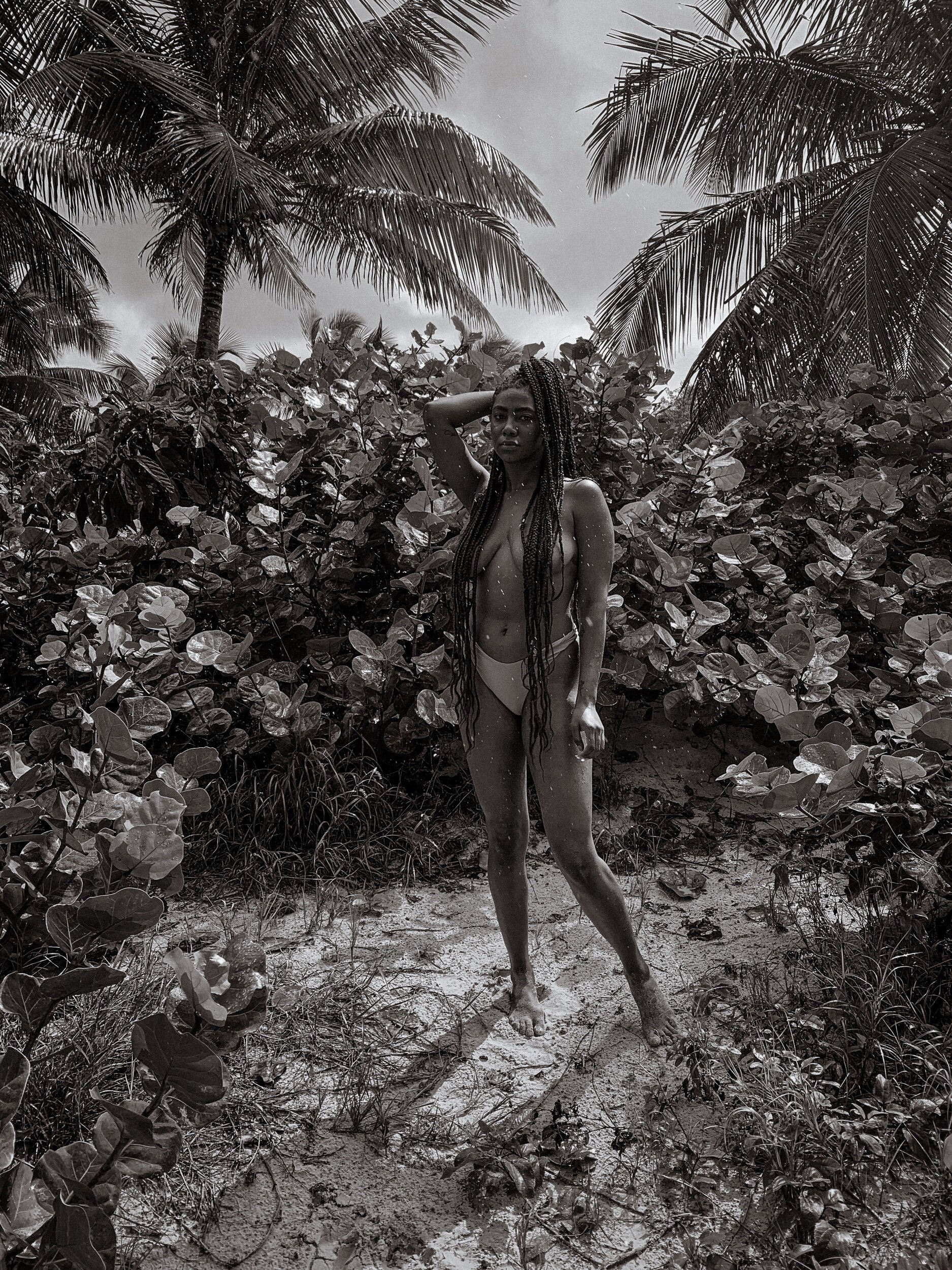Hire or Fire: Hair discrimination in the Workplace

Working in New York City is a grind for everyone; no matter where you come from, it’s most likely that you’re a hustler. This is the culture of New York City. People from all over the world come here to make a better life for themselves by obtaining a secure job. For many, proving the worthiness of a paycheck doesn’t just start at the overlooking of a resume and fantastic interview—it’s also starts with the way you look.
For starters, when filling out an application for employment, many businesses claim to be ‘Equal Opportunity Employers’, but for a long time this has proven to be untrue. Workplace discrimination is a serious problem, even in an ethnically diverse place such as New York City. As an E.O.E, you agree not to discriminate against an employee or job applicant because of race, color, or religion, but this doesn’t necessarily protect someone from being discriminated against based on the way they wear their hair. In many cases an interviewer may take one look at a Rastafarian, Muslim, African American— (or generally any person of color)—and mentally disqualify them solely based on their hair or headdress.
Some people wear their hair in a certain style based on their culture— Rastafarians wear dreadlocks as a symbol of the Lion of Judah which can sometimes be seen on the Ethiopian flag. Rastafarianism is a religion developed in Jamaica and is considered both a religious and social movement. In African American culture, our hair naturally grows in kinks and curls that don’t conform to the socially accepted ‘business professional’ hairstyles worn by other cultures. In many cases, this discrimination is targeted against black people who have afro-textured hair, forcing us to straighten our hair in complianace, as textured hair is usually perceived as unprofessional, unattractive and unclean. Therein the problem lies.
www.laquanndawson.com
A quick google search for ‘professional hairstyles’ will produce a flurry of slicked back, sleek, straight styles that can only be achieved for black people by chemically altering the hair shaft, or forcing it straight by applying intense amounts of heat upward of four-hundred degrees. Even braided hairstyles that can be worn pulled back have been rejected by corporate norms—the origin of braided hairstyles in the African culture can be traced back to 3500 BC by the people of Namibia. In many African tribes, different braiding styles were symbolic of societal status, ethnicity, religion, tribe, age, wealth and power. So it is safe to say that the hairstyles now considered the modus operandi within the workplace, are very anti-black biases, based on discriminating against characteristics and cultural practices—natural hair or hairstyles—closely associated with being black. But enough is enough.
After many years of workplace discrimination target against people of color, New York City has become the second state to ban race discrimination based on natural hair or hairstyles—New York and California now being the only two states to have laws preventing this discrimination. And even though it’s just the beginning, I’m sure we can admit we have a long way to go in creating safe environments for people to encourage cross cultural adaptation and acceptance, instead of forcing assimilation to the ‘correct’ way of looking in an effort to secure employment. With this being such an important cultural issue that has been ongoing for far too long, there is an even bigger motivation to adapt in this ever changing and evolving city.
www.laquanndawson.com
www.laquanndawson.com
Business attire has been a much debated topic for a long time. A person is at first judged by the way they look at an interview or on the job, rather than qualifications. As perception is a bias constructed upon personal ideals, the standards of workplace attire are subject to management’s interpretation— It leaves more possibilities for discrimination. In most places, you are expected to be clean, polished, and buttoned up—conservative. This presents an even bigger challenge for black women. Rarely are twists or braids considered polished, sometimes people have even been asked to cut or change their hair to maintain employment.
In the Western world, afro-textured hair has historically been treated with scorn and slaves’ hair would be cut off as a means of culture-erasure. The concept of ‘good hair’ came about during the abolition of slavery in the United States, when the slaves who worked in the home didn't wear headscarves like those working in the fields. Usually children of the slave owners were more likely to have straight hair than kinky or curly. To straighten their hair, black women would use a mixture of lye, which could burn their skin— this practice known as a ‘relaxer’, is just one example of extreme acculturation within the workplace. This process leaves the hair broken and damaged—but the physical appearance is not the only thing that suffers. Trust my scalp, that has been burned and bloodied by the need to be accepted— this is no painless process.
These are just some reasonings that it is vital that businesses and employers be held accountable according to the new laws prohibiting this type of discrimination. Creating safe workplaces for people of all cultures is paramount to a comfortable work environment and the overall success of the business. New York City continues to have significant influence and impact on the world’s economy, entertainment, media and education, and thus as a city, we have a greater responsibility to push other states to pass the same law that protects a large part of the working class. According to the U.S. Census Bureau, more than 50% of the current population of New York are non-white—this just proves that diversity is the future. This is why coalitions such as CROWN— a national alliance comprised of the National Urban League, Western Center on Law & Poverty, Color Of Change, and Dove—is so important in spearheading the new culture of diversity. “...it is sponsoring SB 188, the Creating a Respectful and Open Workplace for Natural hair (CROWN) Act. The legislation will ensure protection against discrimination in the workplace based on hairstyles by prohibiting employers from enforcing purportedly ‘race neutral’ grooming policies that disproportionately impact persons of color”. (prnewswire).
www.laquanndawson.com
The wheel is turning in this important discussion about the disparities concerning the workplace and discrimination, but having the knowledge is the first step for employers to keep it moving in the right direction. With 27 states left to go, and the current climate of our society, it is possible through empirical research and Corporate Social Responsibility to make all workplaces safe and impartial. Despite the style, length, kink, curl, or coil of your hair.







